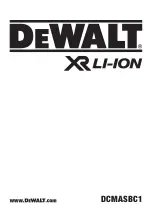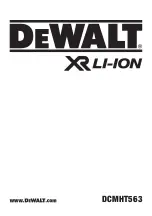
Section 1: Assembly & Set-up
RC(M)5710 & RC(M)L5710 Rotary Cutters 331-433M
6/3/20
16
Torque Requirements
See
“Torque Values Chart for Common Bolt Sizes”
page 75 to determine correct torque values when
tightening hardware. View bottom of chart for “
Additional
Torque Values”
for exceptions to common torque
values.
Before You Start
Be sure to read and fully understand this Operator’s
Manual. An understanding of how the Rotary Cutter
works will aid in the assembly and setup of your machine.
It is best to go through the
before assembling the Rotary Cutter. To speed up your
assembly task and make the job safer, have all needed
parts and equipment readily at hand.
Assembly Checklist
Check
Ref.
Have a hoist, fork lift, or loader with properly sized chains and
safety stands capable of lifting and supporting the equipment on
hand.
Have a minimum of two people available during assembly.
Make sure all major components and loose parts
are shipped with the machine.
Operator’s
Manual
Double check to make sure all parts, fasteners,
and pins are installed in the correct location.
Refer to the Parts Manual if unsure. By double
checking, you will lessen the chance of using a
bolt incorrectly that may be needed later.
NOTE:
All assembled hardware from the factory
has been installed in the correct location.
Remember location of a part or fastener if
removed. Keep parts separated.
Operator’s
Manual
331-433M
Parts Manual
331-433P
Make sure working parts move freely, bolts are
tight & cotter pins are spread.
Operator’s
Manual
Make sure all safety labels are correctly located
and legible. Replace if damaged.
Make sure lights are functioning properly.
Make sure safety guards are installed and in
good working order.
Make sure all grease fittings are in place and
lubricated.
Make sure all pneumatic tires are properly
inflated and all wheel bolts and axle nuts are
tightened to the specific torque.
















































